Material handling occurs at all stages of the supply chain and takes different forms through processes driven by humans and machines. It refers to the way in which products and materials are moved, stored and protected throughout the supply chain.
material handling
is an important part of the supply chain. It covers inventory management and control of the movement, storage and protection of products and materials during manufacturing, warehousing, distribution and disposal.It includes various types of storage equipment and systems, such as storage systems and single-level or multi-level conveyor belts. Material handling, often referred to as material movement, is the short-range movement of materials from manufacturing to distribution. Supply chain management is the management of the entire production flow of a good or service to maximize quality, delivery, customer experience and profitability. Supply chain management is the management of the entire production flow of a good or service, from raw materials to the delivery of the final product to the consumer.
A company creates a network of suppliers (“links in the chain”) that move the product from suppliers of raw materials to organizations that deal directly with users. Advances in WCS software technology allow for seamless integration with material handling equipment, such as storage systems, collection systems and sorting systems. These systems allow users to maximize the benefits of this equipment and use it to its full potential. In addition, flexible WCS product packages allow users to change equipment, strategies and functions without incurring significant risks and costs of modifying the software.
During the manufacturing process, you must move and manage incoming shipments and finished products within your factories and storage spaces. Because many industries and applications rely on material handling, the creation and implementation of the most appropriate system or process should take place as soon as possible, not later. In the context of logistics, return merchandise handling refers to the process of returning products from customers to manufacturers. Warehouses contain thousands of items, and the lack of a good material handling system can seriously affect operations.
In all industries that rely on material handling, the most important field of application is manufacturing. Material management is an integral part of projects that include the construction or renovation of plants and facilities, the launch of new products, the improvement of workstations, and the rationalization or reduction of forklift traffic. In fact, 21% of permanent disabilities and more than 25% of temporary disabilities are due to improper material handling. Supply chain management is the management of the entire production flow of a good or service, from raw components to the delivery of the final product to the consumer.
If you want to optimize your logistics process, you must set up robust material handling systems throughout your company. The efficiency with which you can move products from receipt to shipment, the time that products are stored, the amount of product that fits in an allocated space, and the actual amount of space available are the areas where material handling can improve efficiency. Material handling, when well planned, ensures that materials are transported safely between facility areas, facilitates the rationalization of work activities and the organization of space, and reduces accidents in locations that require the transport of materials or heavy loads. To ensure that you receive usable raw materials from your suppliers and offer satisfying products to your customers, you must handle materials with care at every step of the process.
The movement of goods over a short distance (whether through conveyors, warehouses or distributors) requires a large amount of material handling equipment, vehicles and even automated systems. Well-designed material handling systems and processes reduce inventory, streamline delivery times, improve customer service, and reduce manufacturing, distribution and transportation costs. When nearly 100% of deliveries are made on time, your staff has space to handle materials with care, reducing the chance of injury and damage to products. .
.
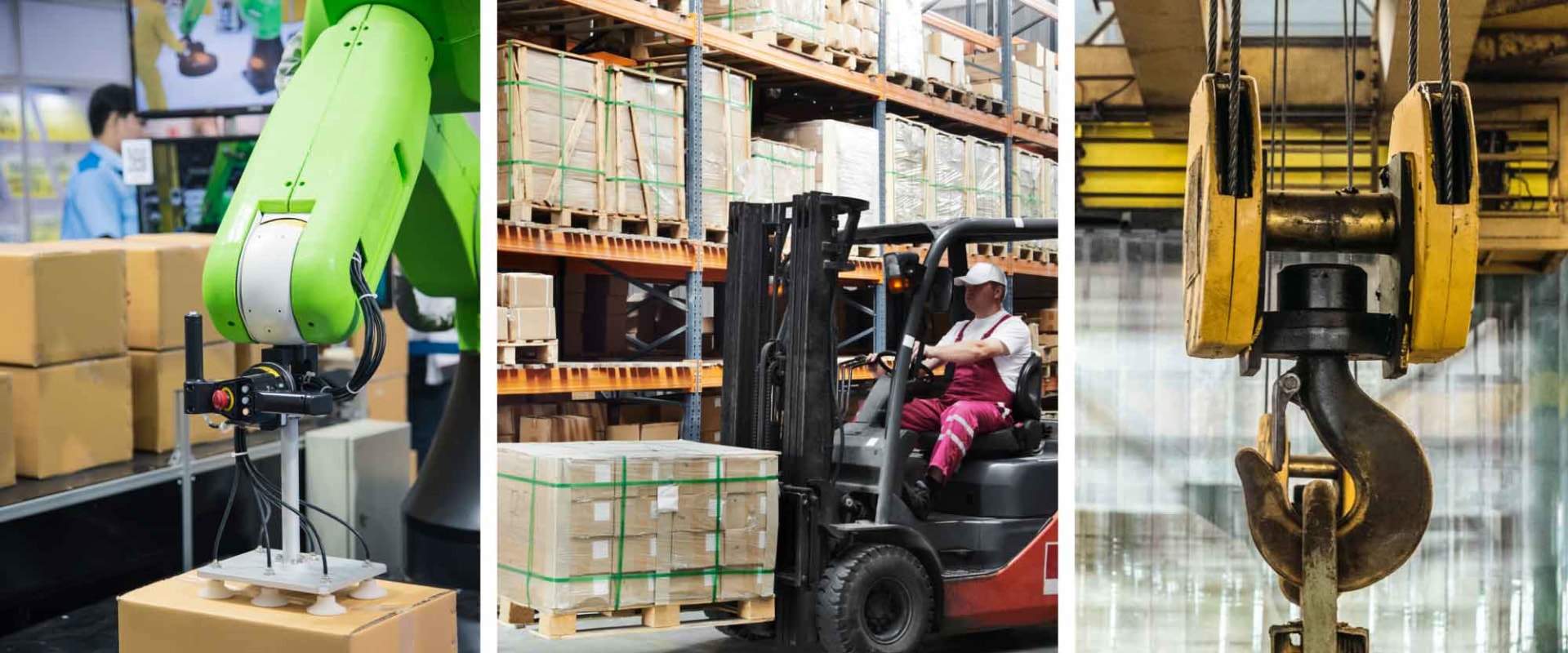
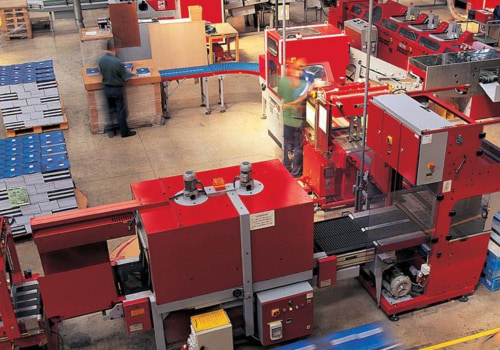

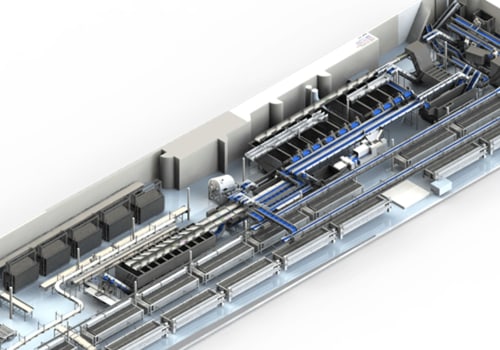
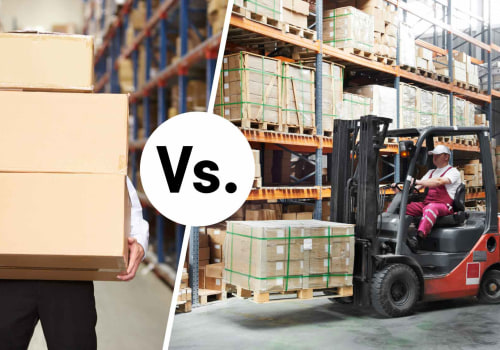


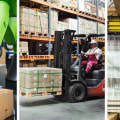

Leave a Comment